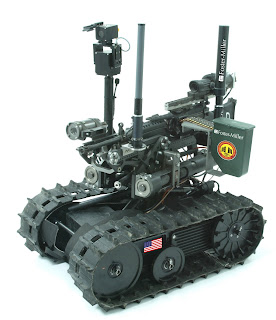There were hundreds of ideas to explain the small size, but none of them could be proven,” Dr. Kaiser said. To test their theory that it was an insect’s respiratory system that limited its size, he and his colleagues launched an extensive study using beetles and fruit flies.
The study, much of which was performed at Illinois’ Argonne National Laboratory, involved the examination of various beetles’ respiratory systems, using new x-ray beam technology to help determine how they breathe.
Findings show that Dr. Kaiser and his colleagues are on the right track in their theorizing. Insects breathe through a network of air filled tubes that deliver oxygen directly to the cells. These tracheal tubes, especially in the leg, take up more room in larger beetles.
“More than 300 million years ago, there was 31 to 35 percent oxygen in the air,” Dr. Kaiser said. “That means that the respiratory systems of the insects could be smaller and still deliver enough oxygen to meet their demands, allowing the creatures to grow much larger.”





























































